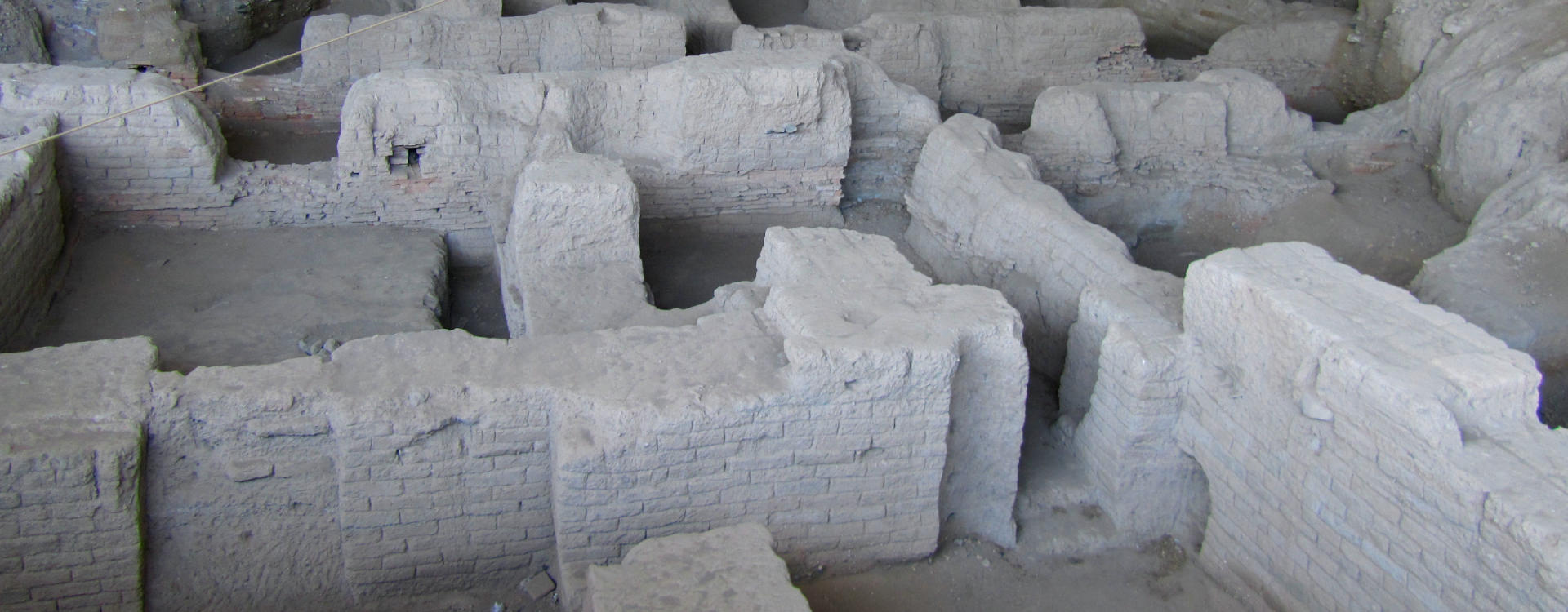What is…
Achmetha
also known as: Ecbatana, Hamgmatāna, Hamedan (modern name, aka Hamadan)
Hebrew: אַחְמְתָא —meaning: the place of gathering
This is the name of an ancient city mentioned by the scribe Ezra (Ezra 6:2 NKJV; Ezra 6:2 NASB). It was called Ecbatana by classical writers, the capital of northern Media. It is located in what is now modern Iran (formerly called Persia). The modern name for this city is Hamadan (Hamedan, Persian: همدان).
Here was the palace which was the residence of the old Median monarchs, and of Cyrus and Cambyses.
In the time of Ezra, the Persian kings resided usually at Susa of Babylon. But Cyrus held his court at Achmetha; and Ezra, writing a century after, correctly mentions the place where the decree of Cyrus was found.
The ancient Greek historian Herodotus (c. 484 BC – c. 425 BC) describes Ecbatana:
The Medes built the city now called Ecbatana, the walls of which are of great size and strength, rising in circles one within the other. The plan of the place is, that each of the walls should out-top the one beyond it by the battlements.
nature of the ground, which is a gentle hill, favors this arrangements in some degree but it is mainly effected by art. The number of the circles is seven, the royal palace and the treasuries standing within the last.
The circuit of the outer wall is very nearly the same with that of Athens. On this wall the battlements are white, of the next black, of the third scarlet, of the fourth blue, the fifth orange; all these colors with paint. The last two have their battlements coated respectively with silver and gold. All these fortifications Deioces had caused to be raised for himself and his own palace.
Deioces is said to be the founder, first king, and priest of the Median Empire—governing for 53 years.
This city, now called Hamedan (Hamadan), was redesigned in 1928 by German architects and urban planners to resemble the spokes of a hexagram, although this has become much less apparent over the years since.
More information
- Who and what are Madai?
- What is Media?
- Who is Cyrus?
- Persia in the Bible
- Walls in the Bible
 What are the CITIES OF THE BIBLE? Names, descriptions, locations and types
What are the CITIES OF THE BIBLE? Names, descriptions, locations and types- Places of the Bible
